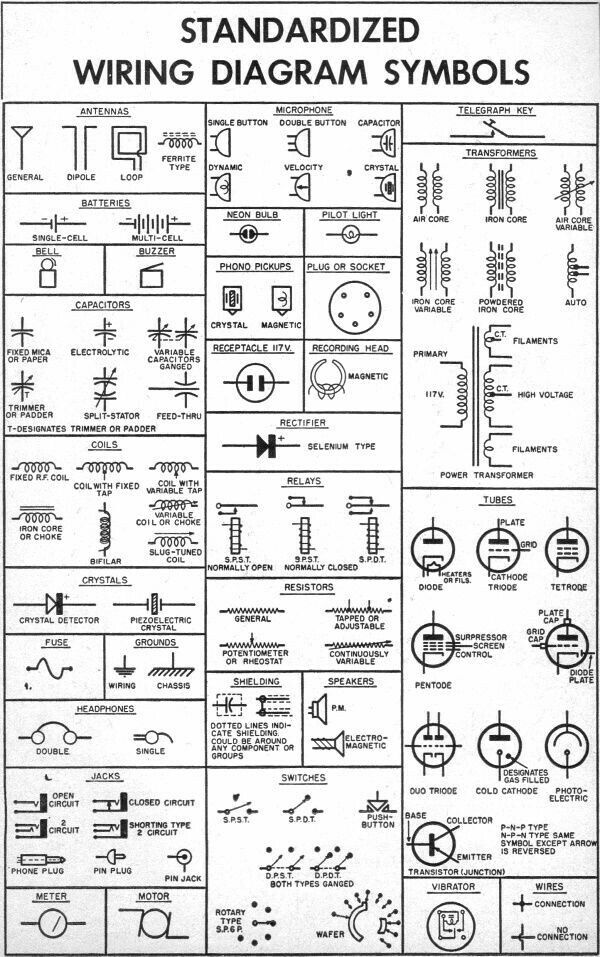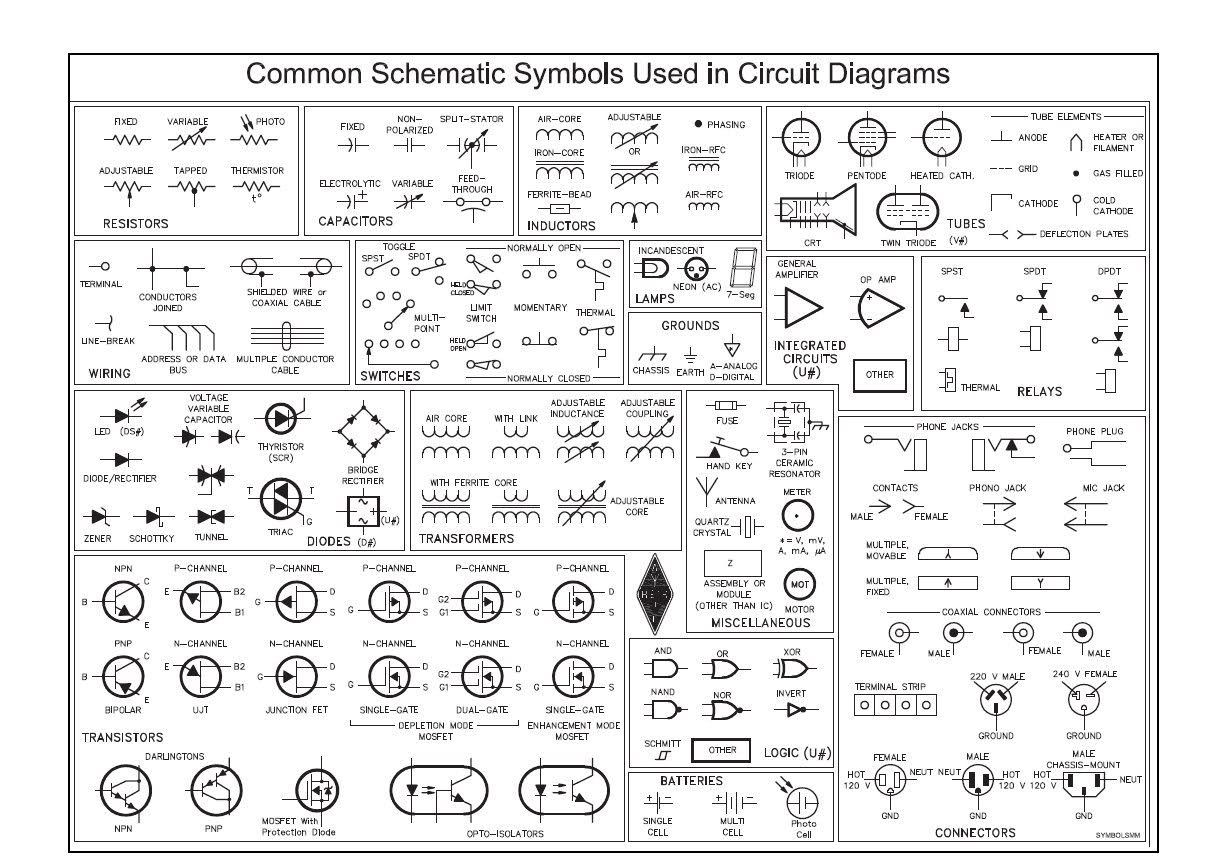Wiring diagrams are used to help people understand how to wire things such as electrical circuits. Wiring diagrams are used in electrical engineering and in the construction industry. A wiring diagram is nothing more than a picture that shows how to connect the wires of an electrical circuit. A wiring diagram is a visual guide that can be used to help people learn how to wire an electrical circuit, how to construct a circuit, or how to troubleshoot a circuit.
Thank you for reading this post, don't forget to the best blogger Guy About Home who offers the best garden and home improvement tips! If you are a home decor and design fan, don't miss the tips on home ideas. If you are a home garden owner, then you might be interest in our complete guides to house plants!
In this guide, we will learn how to read a wiring diagram, how to understand the symbols, and how to follow the directions in an electrical wiring diagram. This skill can come in handy when you’re learning how to wire different things around your home or in an office space.
Learn Your Wiring Diagram Symbols

Image Source: Pinterest
A wiring diagram is composed of symbols that represent different wires, switches, and other components that are used in an electrical circuit. The basic symbol used in wiring diagrams is the letter “E”, which stands for the earth.
The second most common symbol used in wiring diagrams is the letter “C”, which stands for conductors.
The next most common symbol is the letter “B”, which stands for breakers. The letter “A” is also used to represent the neutral wire. The letter “T” is used for the time delay relay. The letter “L” is used for the light source.
The letter “I” is used for the insulated wire. The letter “O” is used for the outer casing. The letter “G” is used for ground. The letter “J” is used for joint or junction. The letter “R” is used for the riser wire. The letter “N” is used for the neutral wire or ground wire. The letter “C” is also used to represent conductors.
Learn How To Read A Wiring Diagram

Image Source: Pinterest
A wiring diagram shows how to connect different pieces of hardware together in order to make a circuit work properly. Wiring diagrams are usually composed of symbols that represent different components of the circuit, including conductors, switches, breakers, and other parts of the circuit. Each component of the circuit has its own symbol in a wiring diagram.
A wiring diagram tells you where each component needs to be connected. It also tells you what type of wire each component needs to be connected with and where that wire needs to be connected to.
In addition to showing you how to connect different pieces of hardware together, wiring diagrams can also show you how to connect different pieces of hardware together in different ways.
The Different Types Of Wiring Diagrams
A wiring diagram can be made up of two different types of diagrams: schematic and process flow diagrams.
- A schematic diagram shows how each component is wired together in order to make a circuit work properly. It shows you where each component needs to be connected and what type of wire each component needs to be connected with. It also shows you where each component should be connected to. Schematic diagrams are often composed of symbols that represent components such as conductors, switches, and breakers.
- A process flow diagram shows how each piece of hardware is wired together in order to make a circuit work properly. It shows you where each piece of hardware needs to be connected and what type of wire each piece of hardware needs to be connected with. It also shows you where each piece of hardware should be connected to. Process flow diagrams are often composed of symbols that represent components such as conductors, switches, and breakers.
Wiring Diagram VS Schematic Diagram
A schematic diagram is a very detailed wiring diagram that shows you every part of an electrical circuit from start to finish. Schematic diagrams look very complicated and sometimes are so detailed that they may not be easy for anyone who is not an electrical engineer to understand.
On the other hand, a schematic diagram can also be called a block diagram because it consists of blocks or boxes with wires coming out of them that can be connected together according to their color or polarity (positive or negative).
Each block in the schematic diagram represents one physical connection in the circuit. The connections between blocks can be wired together according to their color or polarity (positive or negative). A schematic diagram can show you where each part of the circuit should be connected together in order for it to work properly and safely.
Wiring Diagrams For New-Build Homes
When a new home is being constructed, the electrician will often run wires from the electrical panel in the basement up to each room in the home. The electrician will also run wires from the electrical panel in the attic down to each room in the home. When it comes to wiring diagrams, a schematic diagram will be used for new-build homes, while a process flow diagram will be used for remodels and alterations.
A wiring diagram can be helpful when you’re trying to figure out how something works or when you need to connect different pieces of hardware together. A schematic diagram is very detailed and can sometimes be difficult to understand, but a wiring diagram is easier to understand and can help you connect different pieces of hardware together.
Wiring diagrams are easy-to-understand visual guides that tell people how to connect things together in order for them to work properly and safely. Learning how to read one is the first step in wiring your own home or office and can be a handy skill to have. Whether you’re a DIY enthusiast or just need to figure out how something works, a wiring diagram is an essential part of the process.




